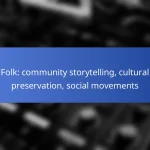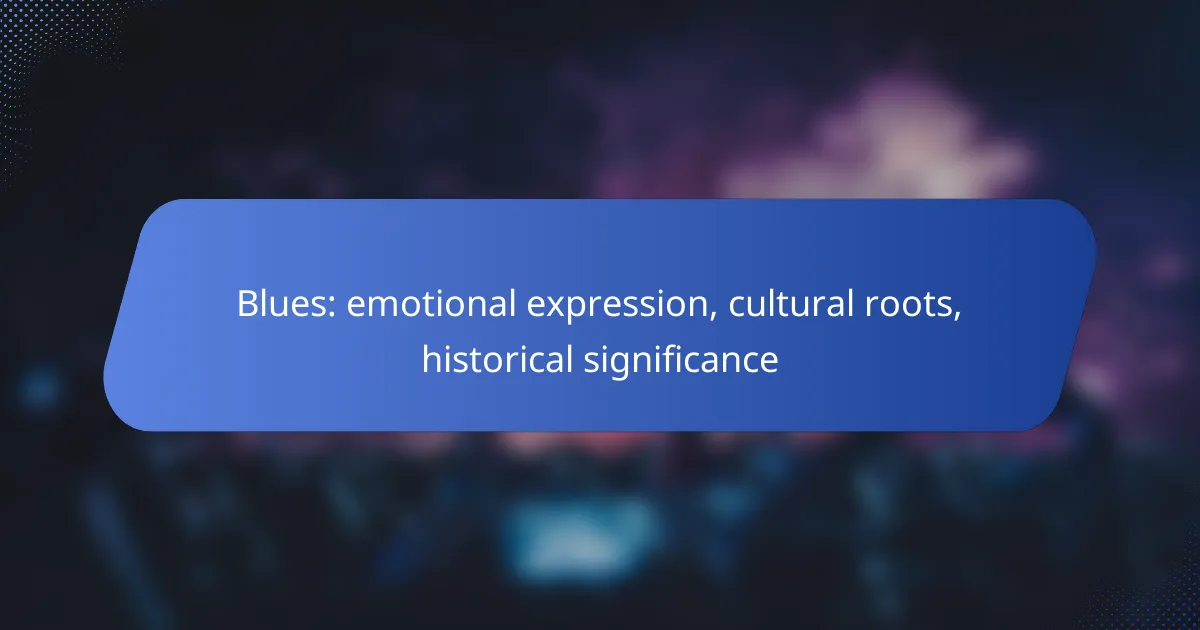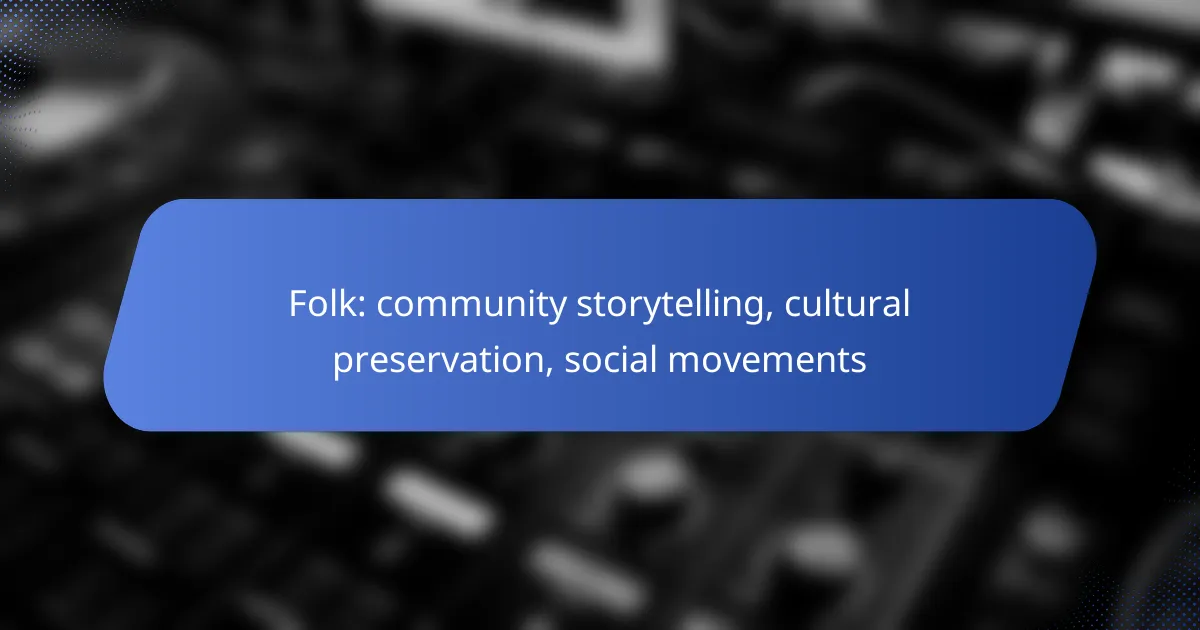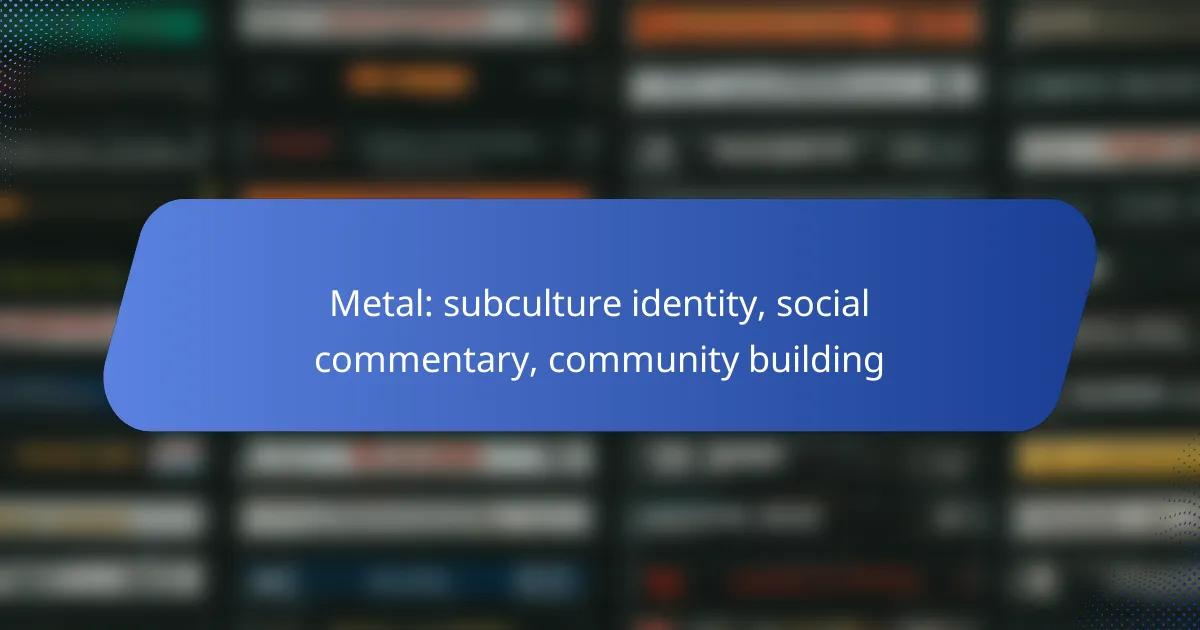The Blues is a powerful musical genre that articulates deep emotional experiences through its lyrical content and distinctive performance style. Originating from African American communities in the late 19th and early 20th centuries, it intertwines cultural roots and storytelling, reflecting the struggles and resilience of its creators. This genre not only captures feelings of sorrow and longing but also serves as a foundational influence for many contemporary music styles around the world.

How does the Blues express emotions?
The Blues expresses emotions through a combination of lyrical content, musical structure, and performance style. This genre captures feelings of sorrow, longing, and resilience, allowing artists to convey deep emotional experiences in a relatable way.
Melancholic themes
Melancholic themes are central to the Blues, often reflecting personal struggles, heartache, and social issues. Songs frequently explore topics such as lost love, poverty, and existential despair, resonating with listeners who may share similar experiences.
For example, classic Blues tracks often feature narratives of heartbreak or hardship, using vivid imagery to evoke a sense of sadness. This thematic focus creates a strong emotional connection between the artist and the audience.
Improvisational techniques
Improvisational techniques are vital in Blues music, allowing musicians to express emotions spontaneously. Artists often use call-and-response patterns, where a singer’s line is answered by an instrument, creating a dynamic dialogue that enhances emotional expression.
Improvisation also extends to guitar solos and vocal embellishments, where musicians can infuse personal feelings into their performances. This flexibility allows for a unique interpretation of each song, making every performance distinct and emotionally charged.
Vocal delivery styles
Vocal delivery styles in the Blues vary widely, contributing to the genre’s emotional depth. Singers often employ techniques such as growling, shouting, or whispering to convey different feelings, making the performance more impactful.
For instance, a powerful, raspy voice can evoke feelings of pain and struggle, while a softer, smoother delivery might express vulnerability or longing. These varied styles help to communicate the complex emotions inherent in Blues music.
Instrumental expressions
Instrumental expressions in the Blues play a crucial role in conveying emotions alongside the vocals. Instruments like the guitar, harmonica, and piano are often used to create soulful melodies that reflect the mood of the lyrics.
For example, a slow, mournful guitar riff can enhance the feeling of sadness in a song, while upbeat rhythms can provide a sense of hope or resilience. The interplay between instruments and vocals adds layers of emotional complexity to the music.
Lyric storytelling
Lyric storytelling is a hallmark of the Blues, with songs often telling vivid, personal stories that resonate with listeners. These narratives typically follow a simple structure, allowing for clear emotional expression and relatability.
Common storytelling techniques include the use of metaphors, repetition, and vivid imagery, which help to paint a picture of the artist’s experiences. This narrative style invites listeners to connect with the emotions being conveyed, making the Blues a powerful medium for emotional expression.

What are the cultural roots of the Blues in Australia?
The cultural roots of the Blues in Australia are deeply intertwined with Indigenous music traditions and the influences of American migration. This genre reflects a unique blend of local and international elements, showcasing emotional expression and storytelling through music.
Indigenous influences
Indigenous music has significantly shaped the Australian Blues scene, incorporating traditional instruments and vocal styles. The use of didgeridoos and clapsticks can be heard in some contemporary Blues performances, creating a distinct sound that honors Aboriginal heritage.
Storytelling is a vital aspect of both Indigenous music and the Blues, with themes of struggle, connection to the land, and personal experiences resonating in both forms. This connection enriches the emotional depth of the Blues in Australia.
American migration impact
The migration of American musicians to Australia introduced various Blues styles, particularly during the mid-20th century. Artists like Lead Belly and Muddy Waters influenced local musicians, who began to adopt and adapt these sounds into their own work.
This cross-pollination led to the emergence of unique Australian Blues subgenres, blending traditional American elements with local themes and experiences. The result is a vibrant musical landscape that reflects both global and local narratives.
Local music scenes
Australia’s local music scenes play a crucial role in the evolution of the Blues, with cities like Melbourne and Sydney serving as cultural hubs. These urban areas host numerous venues where Blues artists can perform, fostering community and collaboration.
Festivals such as the Melbourne International Blues Festival and the Sydney Blues and Roots Festival highlight local talent and attract international acts, further enriching the Blues culture in Australia. These events provide opportunities for emerging artists to showcase their work and connect with audiences.

What is the historical significance of the Blues?
The Blues holds immense historical significance as a musical genre that emerged from African American communities in the late 19th and early 20th centuries. It reflects the struggles, emotions, and cultural experiences of its creators, serving as a foundation for many modern music styles.
Origins in African American communities
The Blues originated in the Deep South of the United States, particularly among African American communities in the late 1800s. It evolved from a mix of African musical traditions, spirituals, and folk songs, often expressing themes of hardship and resilience.
In its early forms, the Blues was performed in informal settings, such as juke joints and street corners, where musicians would share their stories through song. This communal aspect fostered a strong cultural identity and laid the groundwork for future musical developments.
Influence on modern music genres
The Blues has significantly influenced various modern music genres, including rock, jazz, and rhythm and blues. Artists like B.B. King and Muddy Waters helped popularize the genre, which in turn inspired countless musicians across different styles.
Many rock bands, such as The Rolling Stones and Led Zeppelin, incorporated Blues elements into their music, showcasing its lasting impact. The use of the twelve-bar structure and expressive guitar solos in these genres can be traced back to Blues traditions.
Role in social movements
The Blues has played a crucial role in social movements, particularly during the Civil Rights Movement in the United States. Songs often conveyed messages of struggle and hope, resonating with those fighting for equality and justice.
Musicians like Billie Holiday and Nina Simone used their platforms to address social issues, making the Blues not just a musical genre but also a powerful tool for activism. This connection between music and social change continues to inspire artists today.

How has the Blues evolved over time?
The Blues has evolved significantly since its origins in the African American communities of the Deep South in the late 19th century. It has transformed through various musical influences, leading to new styles and genres while maintaining its core emotional expression and cultural roots.
Integration with rock and roll
The integration of Blues with rock and roll began in the 1950s, as artists like Chuck Berry and Elvis Presley incorporated Blues elements into their music. This fusion created a new sound that appealed to a broader audience and laid the groundwork for the rock genre.
Key characteristics of this integration include the use of electric guitars, strong backbeats, and expressive vocals. Many rock bands, such as The Rolling Stones and Led Zeppelin, have cited Blues musicians like Muddy Waters and B.B. King as major influences on their work.
Emergence of subgenres
As the Blues evolved, various subgenres emerged, reflecting regional styles and cultural influences. Notable subgenres include Delta Blues, Chicago Blues, and Texas Blues, each characterized by unique instrumentation and lyrical themes.
For instance, Delta Blues often features acoustic guitars and a raw, emotional sound, while Chicago Blues incorporates electric instruments and a more polished production. These subgenres showcase the versatility of the Blues and its ability to adapt to different musical landscapes.
Global adaptations
The Blues has inspired musicians worldwide, leading to adaptations that blend local musical traditions with its core elements. Countries like the UK, Canada, and Australia have developed their own interpretations, often incorporating local instruments and styles.
For example, British Blues in the 1960s saw artists like Eric Clapton and The Animals infuse their music with a distinctly British sensibility, while Australian Blues has integrated indigenous sounds and themes. This global reach highlights the universal appeal of the Blues as a form of emotional expression.

What are the key characteristics of Blues music?
Blues music is characterized by its expressive emotional depth, distinctive chord progressions, and a strong connection to African American cultural roots. It often features themes of sorrow, resilience, and storytelling, conveyed through both lyrics and instrumentation.
12-bar structure
The 12-bar structure is a foundational element of Blues music, providing a framework for composition and improvisation. This format typically consists of three lines of lyrics, each lasting four bars, often following a specific chord progression.
In its simplest form, the 12-bar Blues follows a I-IV-V chord progression, where the I chord is played for four bars, the IV chord for two bars, and the V chord for two bars, returning to the I chord for the final two bars. This structure allows musicians to create variations and solos while maintaining a cohesive sound.
For example, in the key of E, the chords would be E (I), A (IV), and B (V). Many classic Blues songs, such as “Sweet Home Chicago” and “The Thrill Is Gone,” utilize this 12-bar format, showcasing its versatility and enduring appeal in the genre.










